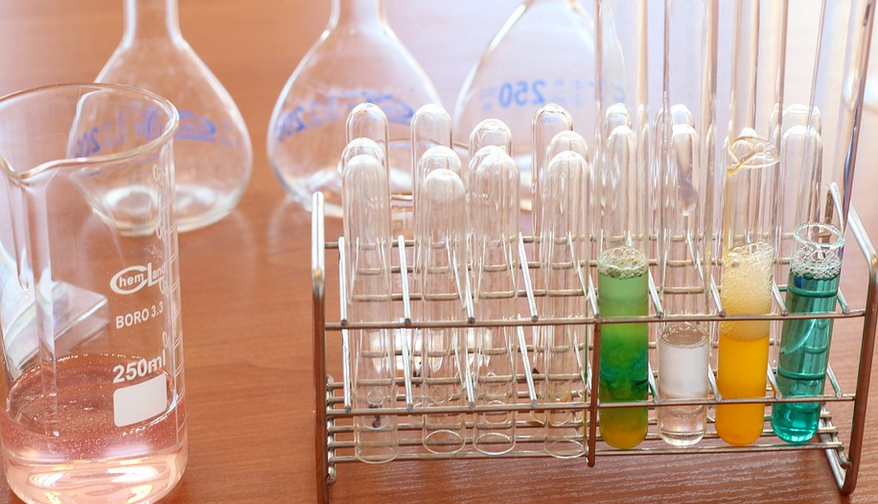Introduction
LPG or liquefied petroleum gas is a common household fuel used for cooking and heating. It is a mixture of propane and butane gases, which are both hydrocarbons. The chemical properties of LPG play a significant role in understanding its behavior and usage. In this article, we will delve into the science behind LPG and explore its various properties.
Physical Properties of LPG
LPG is stored in pressurized cylinders, which makes it a liquid at room temperature. It has a boiling point of -42°C, which means it evaporates easily into a gas when released from its container. LPG is odorless and colorless, but a distinctive smell is added to help detect gas leaks. It is heavier than air, which means it can accumulate in low-lying areas, creating a potential hazard.
Chemical Properties of LPG
LPG is a hydrocarbon mixture, which means it consists of molecules made up of carbon and hydrogen atoms. Propane and butane are both alkanes, a type of hydrocarbon with a single bond between carbon atoms. These molecules are highly flammable, which makes LPG a useful fuel source.
Combustion
When LPG is burned, it undergoes combustion, which is a chemical reaction between the fuel and oxygen. During combustion, the hydrocarbon molecules break apart, releasing energy in the form of heat and light. The products of combustion are carbon dioxide and water vapor, which are both harmless gases.
Chemical Formula
The chemical formula for propane is C3H8, while butane is C4H10. This formula represents the number and types of atoms in each molecule. The chemical properties of these molecules are determined by their composition and arrangement of atoms.
Uses of LPG
LPG is a versatile fuel used in various applications. It is commonly used for cooking, heating, and powering vehicles. It is also used in industrial processes, such as metalworking, welding, and glass production. The chemical properties of LPG make it an efficient fuel source, as it has a high energy density and burns cleanly.
Safety Considerations
While LPG is a useful fuel source, it can also be dangerous if not handled properly. It is highly flammable and can ignite easily, causing fires and explosions. It is important to store and use LPG cylinders in a well-ventilated area away from heat sources and open flames. Regular maintenance and safety checks are also necessary to ensure proper functioning of LPG appliances.
Conclusion
In summary, the chemical properties of LPG play a crucial role in understanding its behavior and usage. LPG is a hydrocarbon mixture consisting of propane and butane, which undergo combustion to release energy in the form of heat and light. It is a versatile fuel used for cooking, heating, and industrial processes. However, safety considerations must be taken into account to prevent accidents and ensure proper usage.

